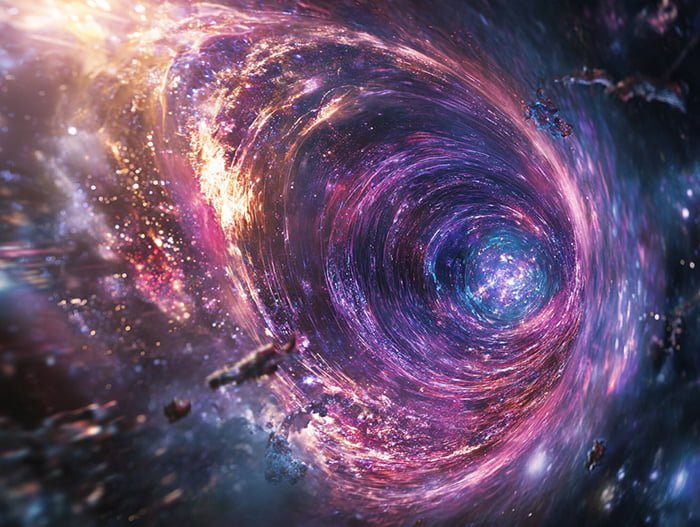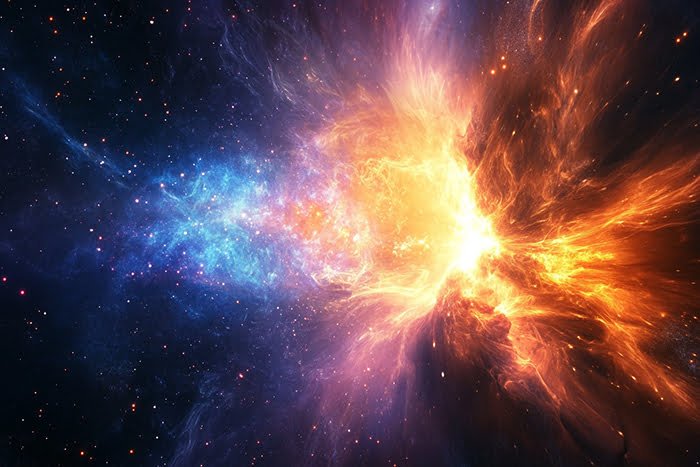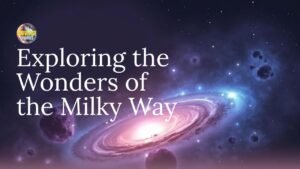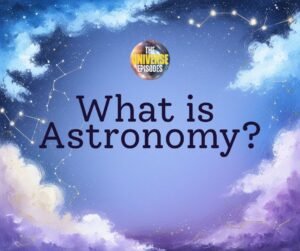The Big Bang Theory explains the universe’s origin from a hot, dense state 13.8 billion years ago, supported by cosmic microwave background and redshift evidence.
Key Points of the Article
- Introduction to the Big Bang Theory: The Big Bang Theory posits that the universe had a singular beginning from an extremely hot and dense state, which has since expanded.
- Historical Context: The theory’s development over time, influenced by notable scientists and observations.
- Scientific Basis: Evidence supporting the Big Bang Theory, including cosmic microwave background radiation and redshift in distant galaxies.
- Phases of the Universe’s Evolution: Detailed phases from the Big Bang to the present universe.
- Ongoing Research and Alternative Theories: Current scientific efforts to understand the universe’s origin and competing hypotheses.
- Importance and Implications: The broader impact of the Big Bang theory on cosmology, philosophy, and our understanding of existence.
Understanding the Birth of Our Universe
The Big Bang Theory stands as the cornerstone of modern cosmology, explaining the inception and evolution of our universe. This theory suggests that the universe began as a singular, infinitely dense point roughly 13.8 billion years ago and has been expanding ever since. This article delves into the depths of the Big Bang Theory, examining its origins, evidence, and the ongoing pursuit to understand the cosmos.
Historical Context of the Big Bang Theory

The Early Days of Cosmological Thought
The concept of a universe with a definitive beginning has fascinated humanity for centuries. Ancient civilizations often attributed the creation of the cosmos to divine beings. However, it wasn’t until the 20th century that scientific advancements provided a foundation for the Big Bang Theory.
Key Figures in the Development of the Theory
- Georges Lemaître: In 1927, Belgian priest and astronomer Georges Lemaître proposed the idea of an expanding universe, suggesting that it originated from a “primeval atom.
- Edwin Hubble: In 1929, American astronomer Edwin Hubble observed that distant galaxies were moving away from us, providing empirical support for an expanding universe.
- George Gamow: In the 1940s, physicist George Gamow contributed to the development of the Big Bang Theory, predicting the existence of cosmic microwave background radiation.
Scientific Basis of the Big Bang Theory
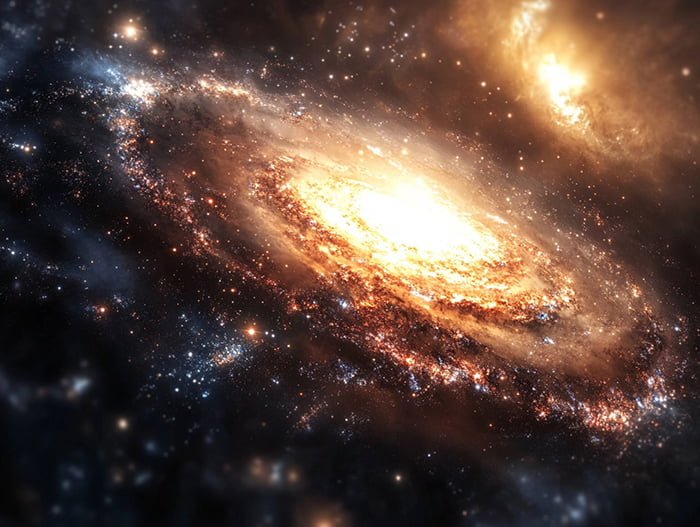
Cosmic Microwave Background Radiation
One of the most compelling pieces of evidence for the Big Bang Theory is the cosmic microwave background (CMB) radiation. Discovered by Arno Penzias and Robert Wilson in 1965, the CMB is the afterglow of the Big Bang, providing a snapshot of the early universe.
Redshift and the Expanding Universe
Hubble’s observation of the redshift in the light from distant galaxies indicates that these galaxies are receding from us. This redshift is a result of the Doppler effect, supporting the notion of an expanding universe as posited by the Big Bang Theory.
Phases of the Universe’s Evolution
The Planck Epoch
The Planck Epoch marks the earliest period of the universe, from zero to approximately (10^{-43}) seconds after the Big Bang. During this time, the universe was incredibly hot and dense, and the laws of physics as we know them may not have applied.
The Grand Unification Epoch
Following the Planck Epoch, the Grand Unification Epoch occurred from (10^{-43}) to (10^{-36}) seconds after the Big Bang. During this period, the fundamental forces of the universe—gravity, electromagnetism, and the strong and weak nuclear forces—began to separate.
Inflationary Epoch
Between (10^{-36}) and (10^{-32}) seconds after the Big Bang, the universe underwent a rapid expansion known as cosmic inflation. This expansion smoothed out any irregularities and set the stage for the formation of matter and cosmic structures.
Formation of Basic Elements
Within the first few minutes after the Big Bang, nucleosynthesis occurred, leading to the formation of the universe’s lightest elements, primarily hydrogen and helium.
Formation of Galaxies and Cosmic Structures
Over billions of years, gravitational forces led to the coalescence of matter, forming stars, galaxies, and larger cosmic structures, shaping the universe as we observe it today.
Ongoing Research and Alternative Theories
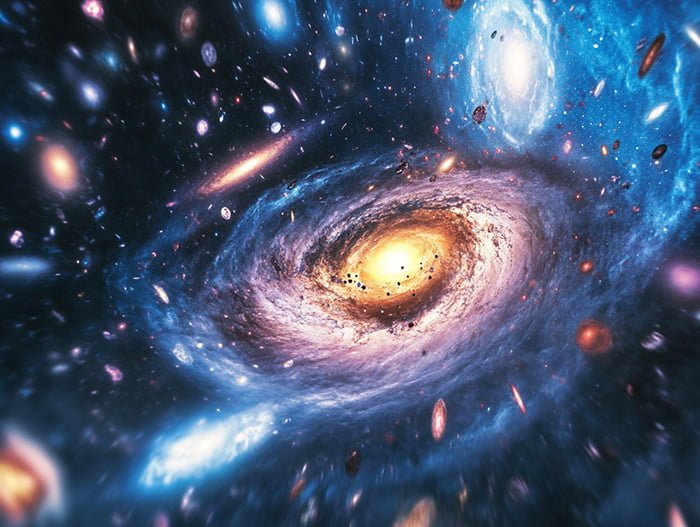
Dark Matter and Dark Energy
Despite the success of the Big Bang Theory, there remain significant mysteries, such as the nature of dark matter and dark energy. These components are thought to make up the majority of the universe’s mass-energy content but remain largely undetected.
Competing Theories and Hypotheses
- Steady State Theory: Once a popular alternative, the Steady State Theory posits that the universe has no beginning or end and maintains a constant average density.
- Multiverse Theory: This hypothesis suggests that our universe is just one of many, each potentially governed by different physical laws.
Why This Article is Important
Understanding the Big Bang Theory is crucial for several reasons. Firstly, it provides a scientific explanation for the origin and evolution of the universe, offering insights into the fundamental nature of reality. Secondly, the theory’s development showcases the power of scientific inquiry and the collaborative effort of the scientific community. Lastly, the Big Bang Theory influences various fields, from physics and astronomy to philosophy and theology, prompting profound questions about our existence and the nature of the cosmos.
The Legacy of the Big Bang Theory
The Big Bang Theory has revolutionized our understanding of the universe. From its inception as a singular point to the vast cosmos we observe today, the theory encapsulates the grandeur of cosmic evolution. As we continue to explore and unravel the universe’s mysteries, the Big Bang Theory remains a testament to human curiosity and the relentless pursuit of knowledge. Through this, we learn not only about the universe but also about our place within it.

